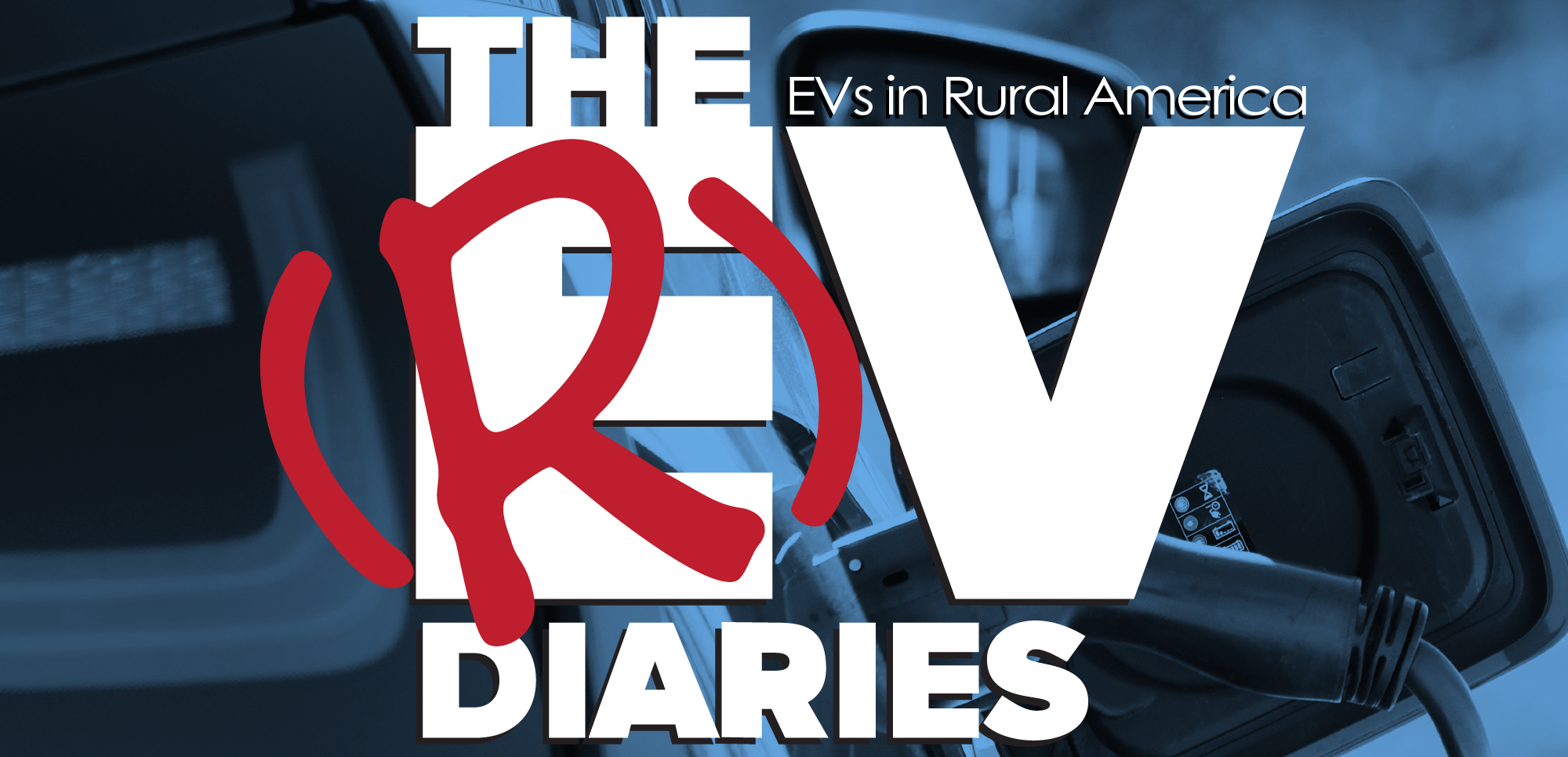A grocery chain in the United Kingdom, Tesco, is pulling thousands of FREE public chargers from several of its locations because of the rising cost of energy. The plan is to eliminate 2,147 FREE ports which is a 38% reduction of the FREE charging available at 600 locations in the UK. That is a 5% drop in the OVERALL public infrastructure in Great Britain.
It sounds to us like Tesco is WalMart with a British accent and we know WalMart hosts several ElectrifyAmerica locations… but they are by no means FREE. Should they be?
Seriously, if WalMart is dedicated to the environment, should we expect free charging? Subsidized charging? How about Volkswagen? IKEA, North America? The US Government?
In America, we have a 1 TRILLION dollar infrastructure spending bill in place with $7.5 BILLION set for public charging. The question is, who is paying for this and who SHOULD be paying for this?
You know we are just guys talking, but let us set aside the mandates and the climate for a moment and discuss the role corporate America should play, the government should play , and each of us will play as EV adoption increases. Enjoy part one of our discussion.
Podcast: Play in new window | Download
Subscribe: RSS
